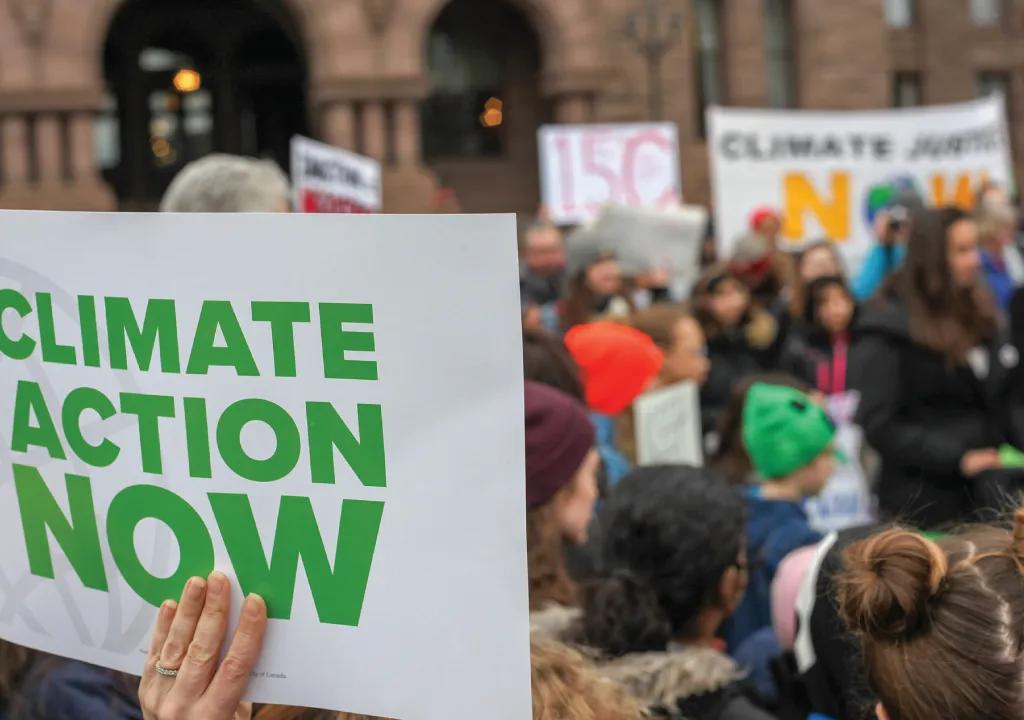Tourism under Climate Crisis in Asia
The Asia-Pacific produces at least 35% more greenhouse gases than in the year 2000, and only five countries (China, India, Japan, Korea, and Russia) generated 80 per cent of the total greenhouse gas emissions region. At the same time, Asia is among the hardest-hit regions by climate change. From its highest mountains to small islands and crowded coastal cities, this vast region and its tourism industry are highly susceptible to changing climates and extreme weather events. Southeast Asia, for example, has sea levels rising faster than any other part of Asia and thus faces many climate risks. This is – at least partly – due to the fact that the region is home to a significant number of low-lying countries with lower levels of per capita GDP, such as Cambodia and Myanmar.
Climate change and tourism in Asia remain poorly understood. Many countries in Asia have put emphasis on developing their national economies. Questions of sociocultural and environmental sustainability have been sort of secondary. Academia has only really started to focus on climate change and tourism issues over the last 15 years.
This research consulted academic literature databases to look for publications that address tourism and climate change in Asia. The analysis showed that the development of climate change and tourism research in Asia can be divided into two phases. First, it was found that until 2007, there was none to very limited academic research on this topic in the region. Thus, phase 1 or the pioneering phase was identified from 1990 to 2007. It as during this period that the first few studies on climate change and vulnerability assessment studies in Asia appeared.
The research publications on tourism and climate change in Asia gained momentum from 2008 onwards, referred to as phase 2. 96% of all publications found were published in the last 15 years. So even for academia, tourism and climate change in Asia is a rather recent topic of interest which has been receiving more serious attention in recent years.
Awareness towards climate change is increasing in the region and through education. This is important because raising awareness could translate into actions. Such actions must include behaviour change of consumers, and the support from the private sector, governments, media, and society at large. There needs to be a collective effort to reduce greenhouse gas emissions.
As the source of more than half the world’s greenhouse gases, it is clear that the battle against climate change will be won or lost in Asia. However, there is limited evidence that national tourism stakeholders or governments are concerned with these issues, and insufficient discernible efforts have emerged to curb tourism emissions in a systematic, coordinated, and controlled way.
There is a growing consensus that tourism in Asia is severely threatened by climate change and tourism-induced emissions in this region are gradually rising. This review calls for increased attention to be paid to climate change and Asian tourism, and urgent action to be taken for adaptation, mitigation and behavioural change.
Associate Professor Dr Alexander Trupp
School of Hospitality and Service Management
Email: @email
This article has been adapted from the original story found in Journal of Sustainable Tourism, authored by Yan Fang, Alexander Trupp, Janto S. Hess, and Siyao Ma and the Podcast discussion of The South East Asia Travel Show




